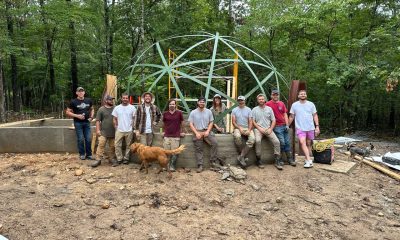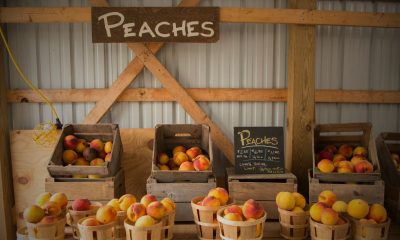Business
Bear Trail Beef
One of those businesses with a crushing 2020 year is Winter’s Farm owned and operated by Jordan and Hannah Winters.
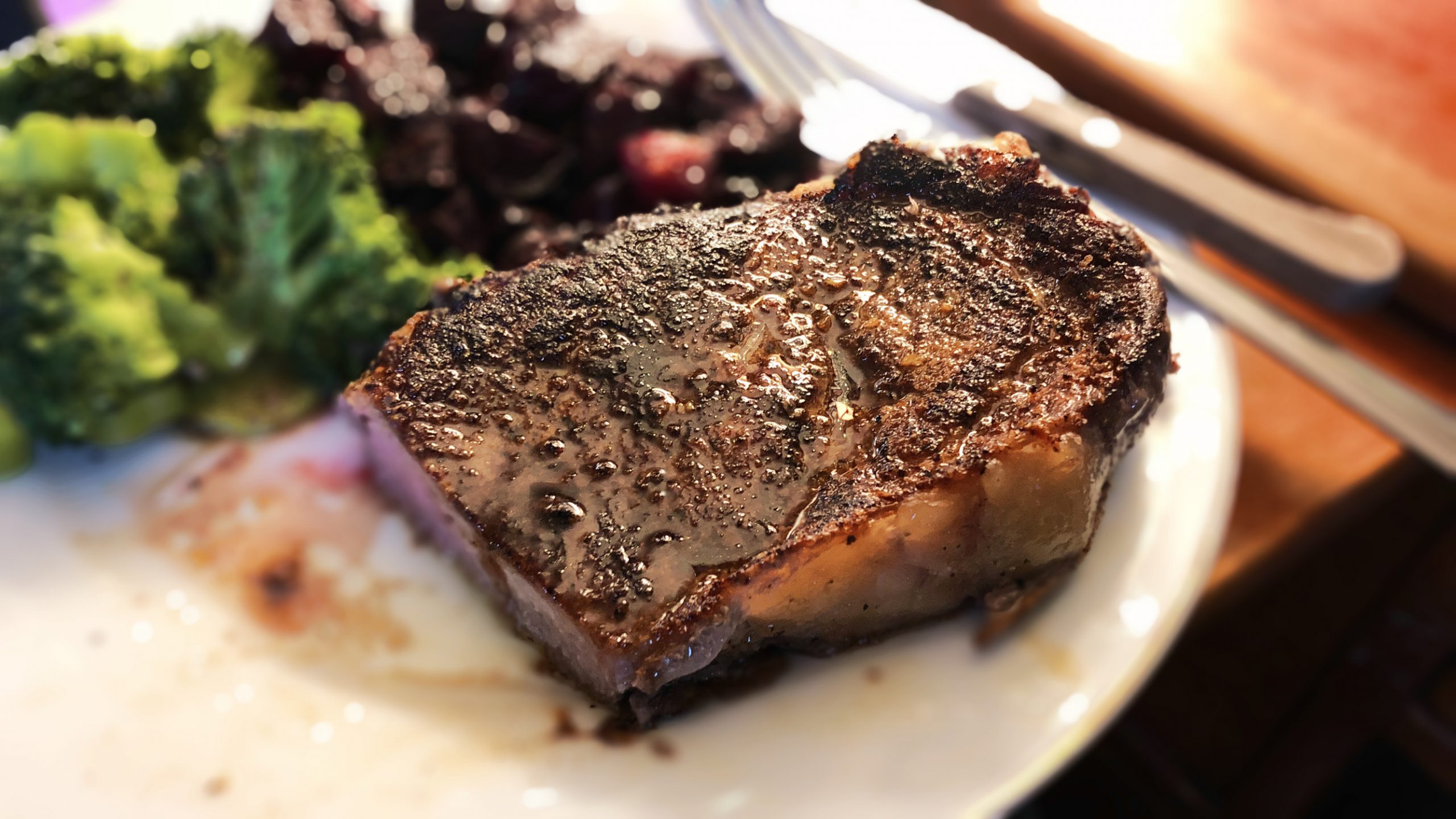

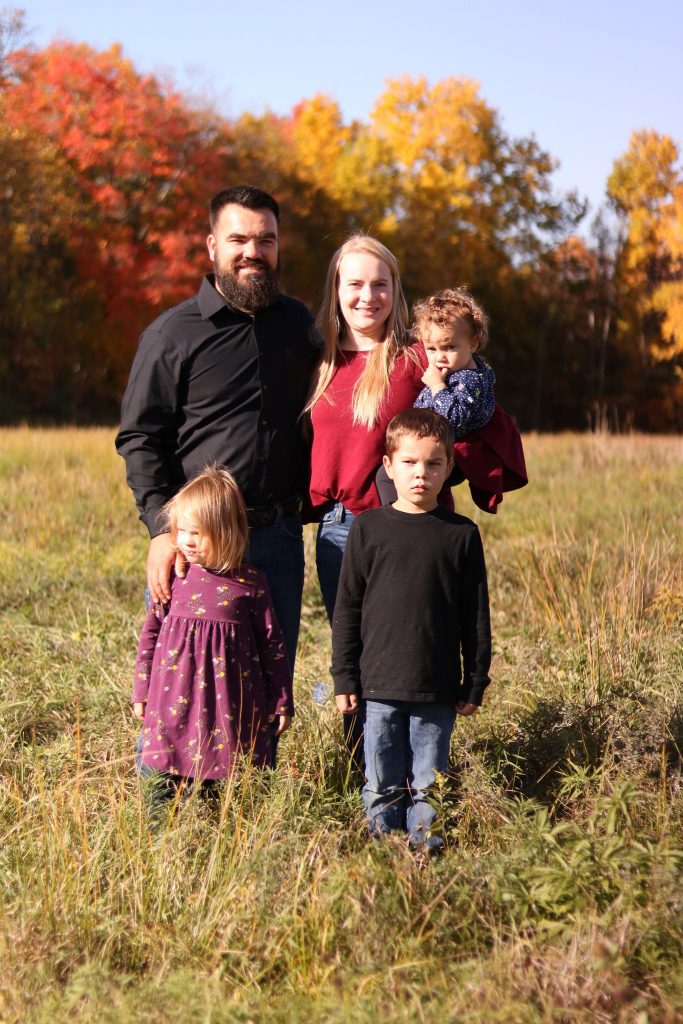
For many businesses 2020 was a year of hardship, struggles and loss. For the businesses in this community however, it was the best year ever. One of those businesses with a crushing 2020 year is Winter’s Farm owned and operated by Jordan and Hannah Winters. Jordan and Hannah both spent their youth farming and started their current farm in 2015. They have provided grass fed and finished beef to their local community and have now added pasture raised pigs to the menu again.
In late 2020 however they made the plunge and started Bear Trail Beef! Supporting our community is what we do best in the bears and like many we simply couldn’t wait to purchase a package of meat from their farm. No strangers to mail order beef we jumped on the chance to place an order excited to support a small scale farmer and family. When the package arrived even the kids were excited to unbox it! We ordered the Beartarian Basics- Mixed beef bundle It was delivered promptly, well packaged and included a lovely family photo as a thank-you. Included in the box was 10lbs of ground beef, 2 Tenderloin Medallions, 2 Delmonico/Ribeye Steaks, 2 NY Strip, 2 Sirloin steaks, 2 Roasts of their choice (we got a chuck roast and a shoulder roast). Each vacuum sealed package of beef was a stunning deep red color with beautiful marbling.
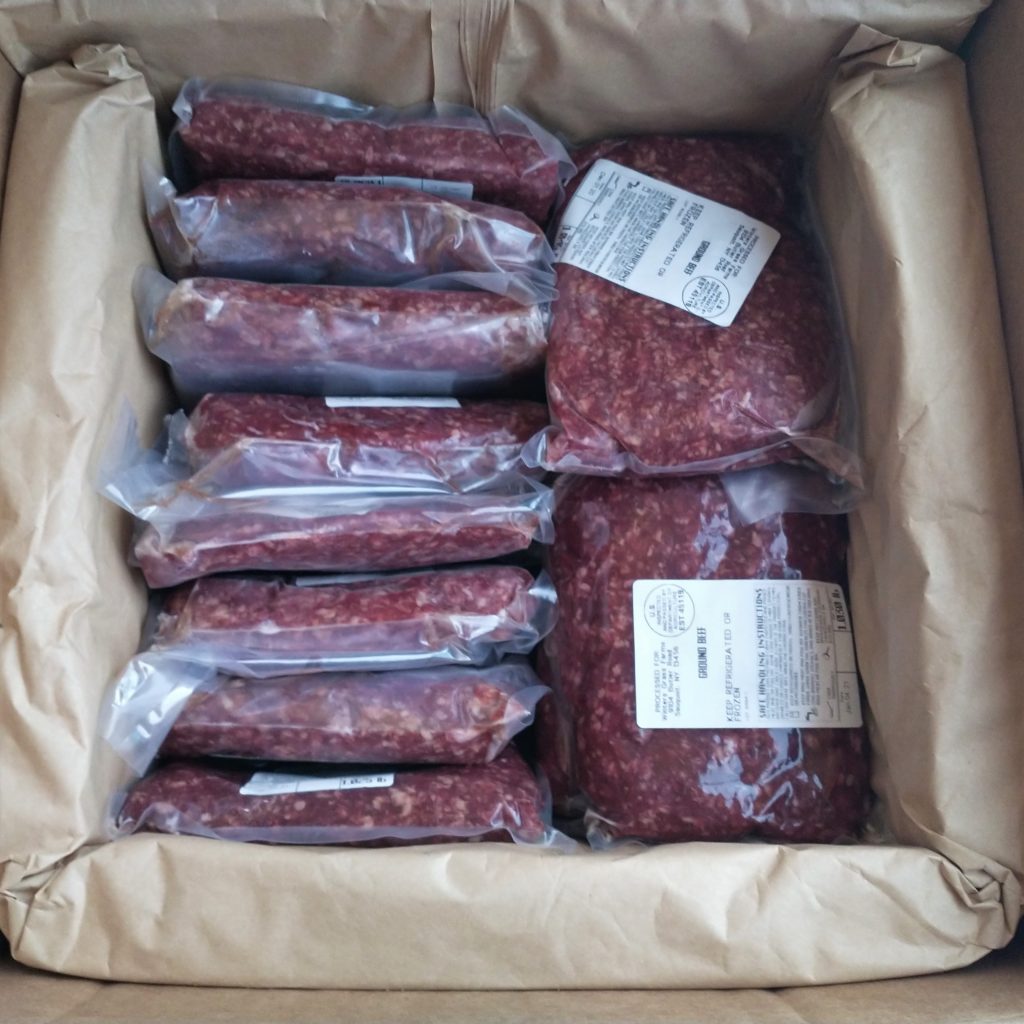

We have been purchasing grass fed beef for some time now and even just by the color you can see the difference between the beef from Winters Farm and the beef we had purchased. The steaks cooked beautifully to a wonderful rare to medium rare with ease. The ground beef was phenomenal and appeared more natural and unprocessed than any other ground beef we had tried yet. Everything was delicious and nourished our growing family well. The best part of the deal was knowing these animals lived a good life and that our purchase was helping to support a family like ours that was out there providing bears an essential service.
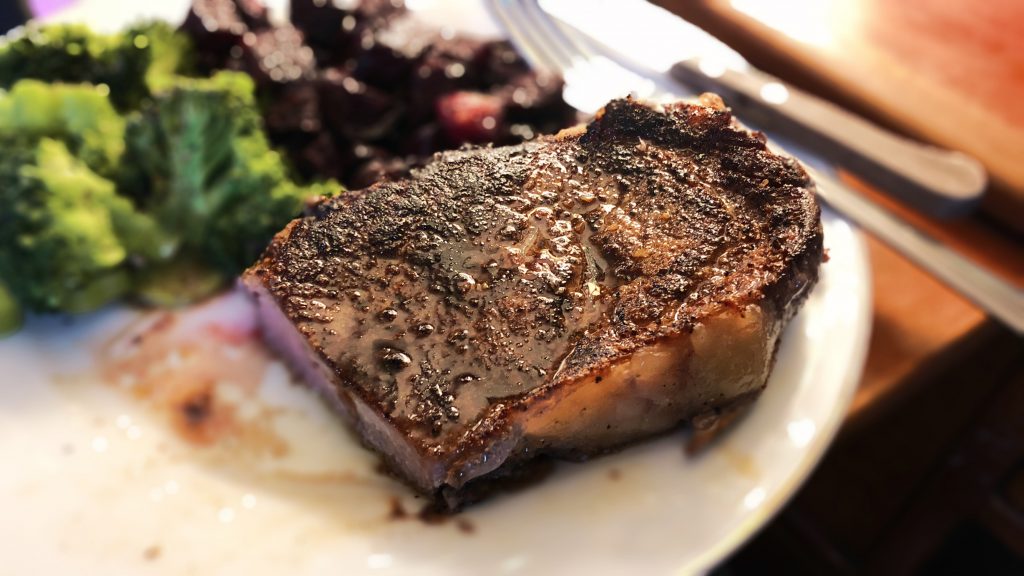
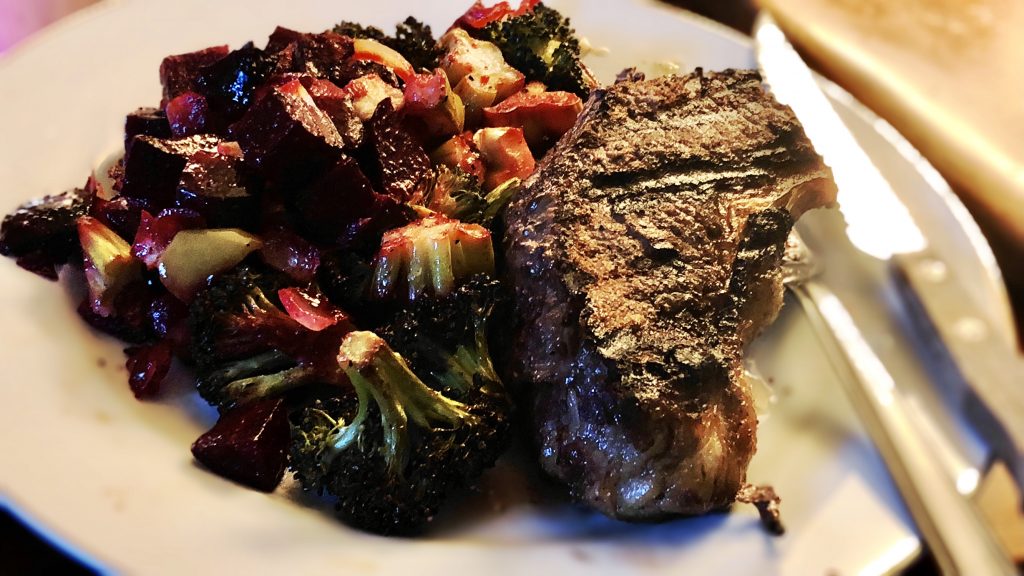
Their main goal and focus with Bear Trail Beef is to bless families with tasty, healthy, and nutritious meat, in order to grow strong heathy families and to provide access to homegrown food outside of the industrial food system. Here at the CameraBear household we would say they are absolutely crushing those goals! They are shipping to the contiguous US and you can order today at www.beartrailbeef.com . We are sure you will not be dissatisfied.
Business
3000 Members In Our Business Group!: This Week On Our Community App!
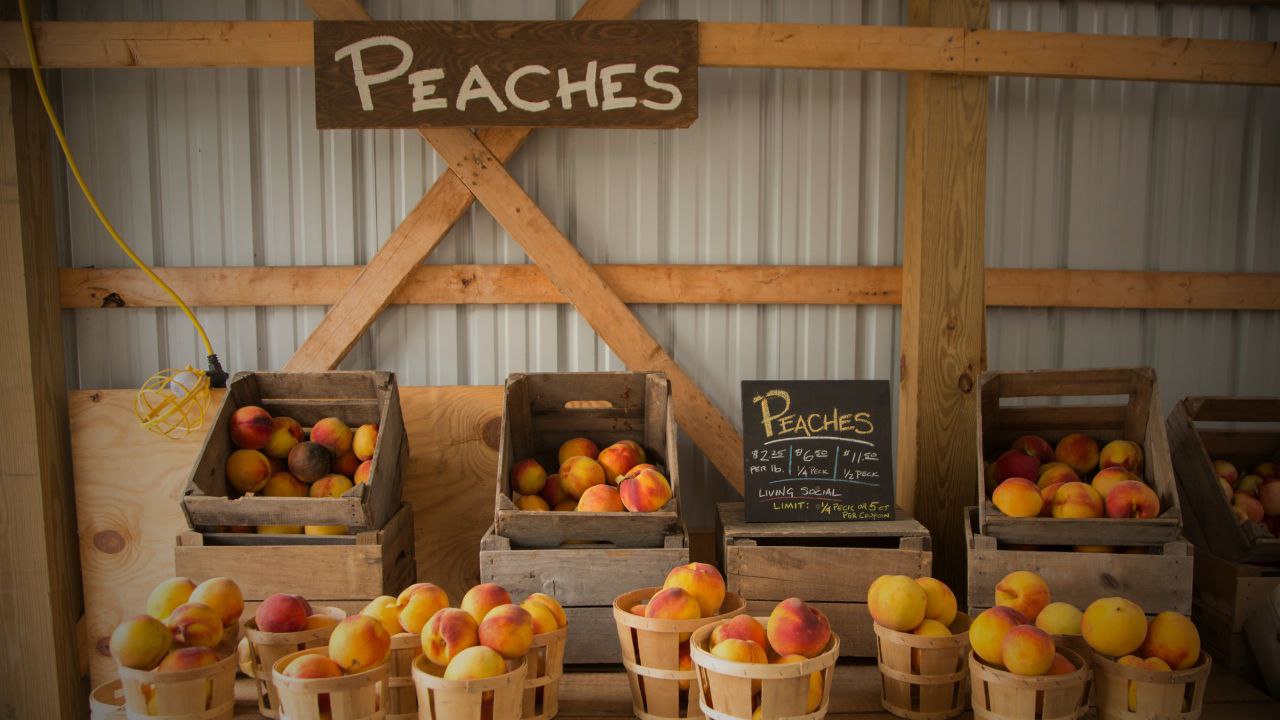
Our thriving business group hosts 3,000 members, from small solo entrepreneurs to developed companies. This week, we aim to give more exposure and introductions to the businesses of Beartaria.
We encourage the businesses of Beartaria to introduce themselves and what they do in the business group and the local state groups. We invite our community to jump into these groups to see what is going on!
This can help the wider community know that you are on the app and what you do.
As a community app that doesn’t do paid ads, lots of generic posts that just advertise your business can be a little bland.
Let’s add some value to it, here are some ideas that can help make a good introduction:
- What do you do?
- How did you get started?
- Where are you located?
- Why do you love what you do?
- What are your goals?
- How has Beartaria helped your business, whether directly or through the integration of values and practices?
- Do you have any big lessons learned through your experience that could help others?
- Let’s see some pictures or videos of your work!
We look forward to seeing all the great businesses and professionals at work in Beartaria!
Sincerely,
The Beartaria Times
If you are interested in joining our community app, you can try it out with a 7 day free trial at App.BeartariaTimes.com
Business
Former NASA Mechanic Secured To Design Classical Learner’s Elementary STEM Program
“Skills create opportunities, and we can use those skills to guide our children to become young entrepreneurs and create opportunities for themselves.”

We have received word from Brett Pike at classicallearner.com that former NASA mechanic and industrial engineer Mark Thaxton has been secured to design Classical Learner’s homeschool elementary STEM program.
Mark has vast experience as a helicopter mechanic in the Marines, a wind tunnel mechanic at NASA, and currently an industrial engineer in the truck industry.
This is big news for the growing homeschool curriculum and social network.
While Brett’s expertise in American history and entrepreneurial education has launched Classical Learner and Homeschools Connected to success, the new STEM program is set to take Classical Learner to a new level of in-depth science, technology, engineering, and math studies.
Brett told a reporter at Beartaria Times,
“We as parents can teach our children real skills for the real world from a very young age. Skills create opportunities, and we can use those skills to guide our children to become young entrepreneurs and create opportunities for themselves.”
Brett Pike
Engineer Mark Thaxton added,
“I aim to help the youth truly understand the most basic fundamental concepts used in making and designing all we do and see.
We can erase the stigma that engineering language and concepts are too abstract for anyone to learn and understand.
I want to eliminate the “magic” behind the way things work and give that “magic” names, logic, and ways to use them throughout life.
The ultimate goal of these lessons is to use basic fundamental concepts as the base of your learning castle. I sincerely hope that when learning something new and complicated in the future, our students will be able to draw a parallel to these courses, which will aid in understanding those future concepts.”
Congratulations Brett and Mark!
We are excited to see this develop and the response from Classical Learner’s growing community of homeschoolers.
@ClassicalLearner on The Beartaria Times to connect with Brett.
@Thaxton Bear on The Beartaria Times App to connect with Mark.
For a three-day free trial and to support Beartaria Times, you can sign up to Classical Learner’s Homeschools Connected platform with an affiliate link,
ClassicalLearner.com/Beartaria
Business
One Man’s Trash…
The smooth, soft feel of the flats and curves. The smell of the copper oxide on my skin and the sound of the various pieces as they fell into one another. It all intrigued me and seemed to intensify as time passed.

By: MrWhitBear
As a lifelong copperhead, I found myself wondering what I was going to do with this industrial storage tote filled to the brim with all things copper. It was a treasure trove collected from years of being a commercial plumber. From the early years of re-plumbing our family’s laundromat business with my Pop to the water conditioning business, we started together that failed. That tote had been many a mile on more adventures than anyone of us could account for. After that final attempt, we closed that tote up and packed it away.
I would open it from time to time to get something or drop something in and reminisce over pieces that brought me back to that moment and place. The jobs my wife and I worked together to make ends meet; So many pieces and parts in various states of patina.
The smooth, soft feel of the flats and curves. The smell of the copper oxide on my skin to the sound of the various pieces as they fell into one another. It all intrigued me and seemed to intensify as time passed.
We had always intended to just take it to the recycling center, and albeit nearly did when things got really lean in the last few years, (that’s another story.)
But God in his mercies had another plan
Those rosey-colored bits of beauty were called out of that dusty old tote into the light and brought back to life for another purpose that I could have never imagined.
Then one day, I realized that in my love for all things copper, I was not alone.
Imagine my surprise when listening to a Biocharisma podcast and seeing the sultan of the Gardenians light up like a kid talking about copper garden tools. My mind wandered off to that tote.
“Huh, I wonder.”
Over the years, all sorts of odd inventions were created from that box of scraps, but this was by far on another level of magnitude; could it be done?
My dad’s voice echoed through my head
“See a need fill a need, son.”
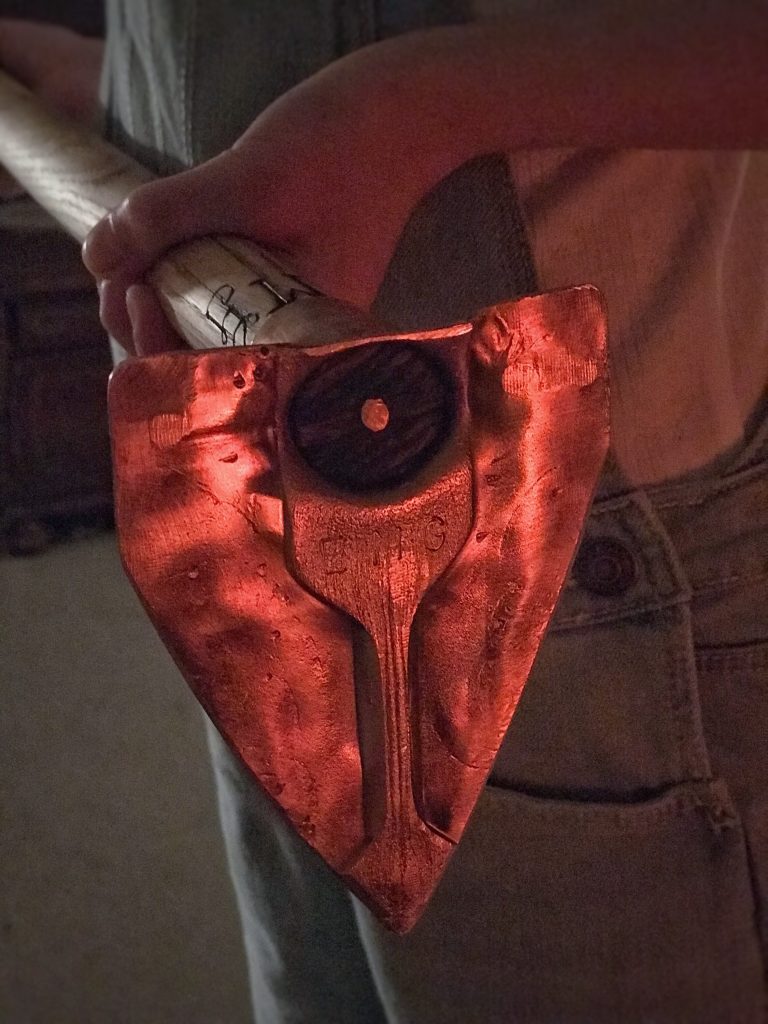
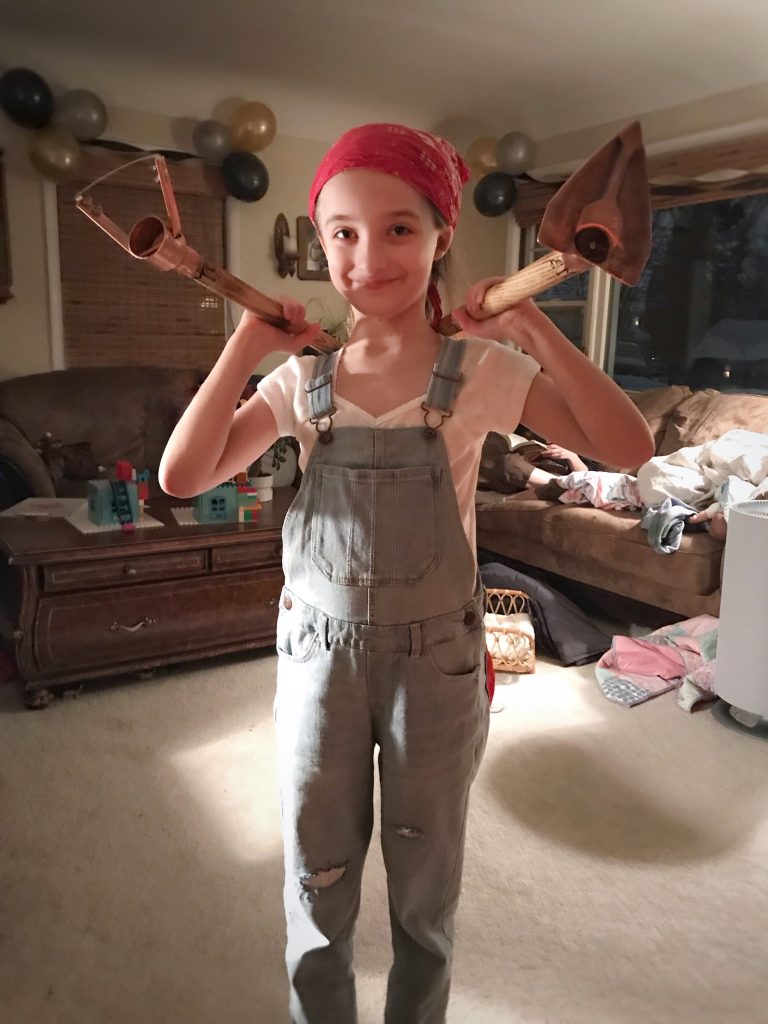


The Bears need copper tools to make their gardens flourish. Many tools were forged out of that treasure trove of leftovers, and we’ve had to buy most of this year’s supply to keep up with demand.
The first trowel had to go to Topher as a tribute to the legend for the inspiration, of course. Unfortunately, the prices of components prohibit keeping costs as low as we’ve wanted. We still keep it near cost for our Bear families, and thanks to them and the grace of God, we’ve grown in skill and productivity.


Now my hobby pays for itself, and a bit left over for the bee’s new boxes and some fresh paint this season.
Bee Alchemy helped me turn copper into liquid gold…
It was great meeting so many of you at the Festival!
God bless.
-

 Just Crushing2 weeks ago
Just Crushing2 weeks agoChristopher Gardner Completes First Dome Framing Project in Missouri: Exclusive Interview
-

 Just Crushing2 months ago
Just Crushing2 months agoBeartaria Ozark Campground Launches Community Forum!
-

 Just Crushing2 months ago
Just Crushing2 months agoMap it! – Discover Beartarians Living, Working, and Crushing Near You!
-

 Just Crushing2 months ago
Just Crushing2 months agoWhy Do We Feel So Free?
-

 Lifestyle2 months ago
Lifestyle2 months agoReconnect and Rejoice: Beartaria Times Weekly Challenge
-

 Reports2 months ago
Reports2 months agoReport: EF-1 Tornado Touches Down In The Ozarks
-

 Business2 months ago
Business2 months ago3000 Members In Our Business Group!: This Week On Our Community App!
-

 Wellness2 months ago
Wellness2 months agoBeartaria Times Member Shares History and Benefits of Haymaker’s Punch









